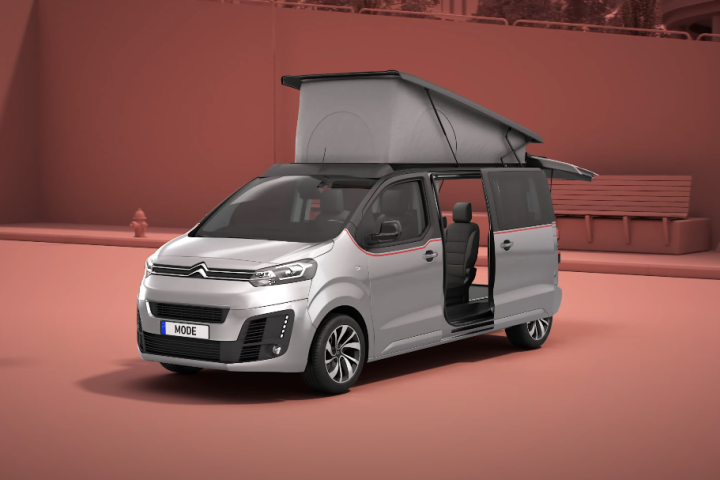Flax is undoubtedly one very useful plant. The seeds are both tasty and nutritious, its fibers have been used to protect our delicate skins for thousands of years, and it's helped us express ourselves through art and music. Now it's about to play a supporting role in quickly zipping us through busy city streets. The Be.e electric scooter designed by Dutch firm Waarmakers has a monocoque body made from NPSP's natural fiber-reinforced composites, a modern take on glass-fiber composites where the glass has been replaced by Flax and then mixed with bio-resin. Project partner Van.Eko launched the first models on June 27, and is now readying the funky-looking two-wheeler for full commercial production.
Manufactured, developed and tested in Amsterdam, the Be.e can get 100 Nm of torque and up to 55 km/h (34 mph) from its 4 kW electric motor. At such speeds, a rider should be looking at a range of 55 km (34 miles) from the 48 V/40 Ah battery pack, but the developers say that this can be extended to over 80 km if the e-scooter is kept below 25 km/h for the whole journey.

The Be.e is fitted with a 600 W charger that offers 20 Km (12 miles) of range for every hour spent charging, and is housed in a lockable compartment that's big enough to stow away a helmet between rides.
Waarmakers says that the design significantly reduces the total number of components needed when producing a steel-framed vehicle, while tipping the scales at a road-ready 95 kg (209 lb). The Be.e can take a combined rider and passenger weight of 180 kg (400 lb).
There's LED lighting front and back, USB charging ports to top up your smartphone while in the supplied holder, Jjuan hydraulic disc braking front and rear, electric controls from Domino, and a nano-coated windshield that's said to repel water and dirt. Van.Eko will also throw in a can of tire repair spray with every purchase, to help keep you rolling in the event of a flat.

The Be.e does appear to be available to buy and will come with a 5 year or 50,000 km warranty that covers all parts, though we're still awaiting confirmation on precisely where you can get one and for how much.
Van.Eko also intends to run a rental scheme with four range levels on offer, starting at €140 (about US$184) per month for 300 km (186 miles). If you don't use your monthly allowance, the surplus can be carried forward to the next. The company checks the distance traveled once every year, and if you've gone over your range limit, you'll be charged for the extra kilometers at the same rate as your chosen plan.
The video below offers a very brief look at the Be.e in action.
Sources: Waarmakers, Van.Eko, NPSP




































